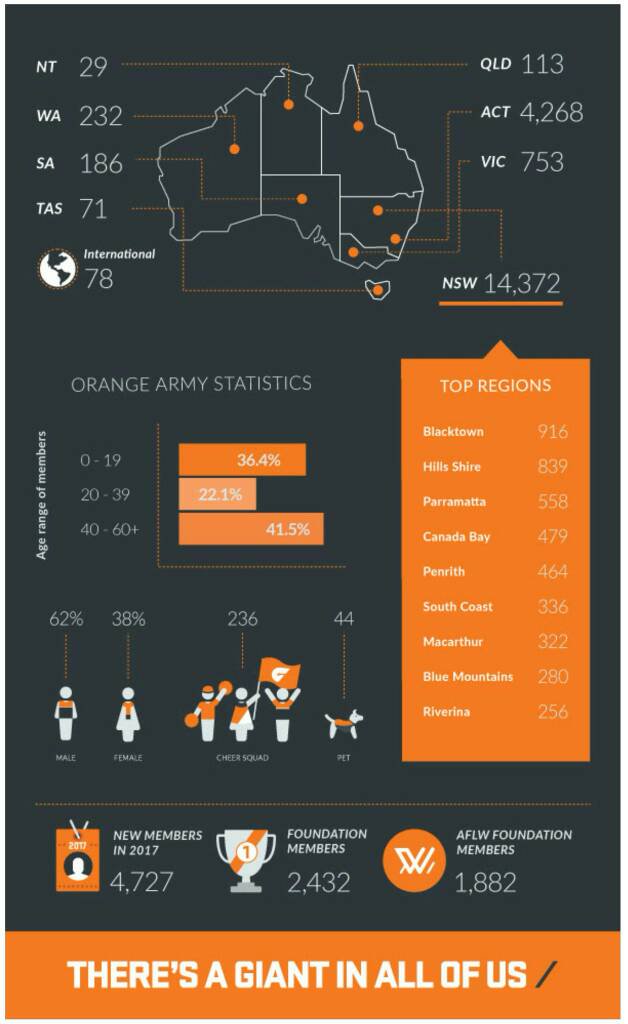- Sep 30, 2014
- 18,956
- 40,126
- AFL Club
- Adelaide
AFL still controls the fixture which controls the audience which controls marketability, which controls sponsors and membershipsYou're right, any current AFL club would become next to worthless if they moved to another league. But I think it's in the context of not needing to walk on eggshells when talking about the AFL because they can't really punish them financially if they disapprove.
All 18 clubs are subservient to the AFL. And the AFL could destroy any club it wishes.





 .... how long will it take the fourth estate to pick up on your good work Wookie?
.... how long will it take the fourth estate to pick up on your good work Wookie?